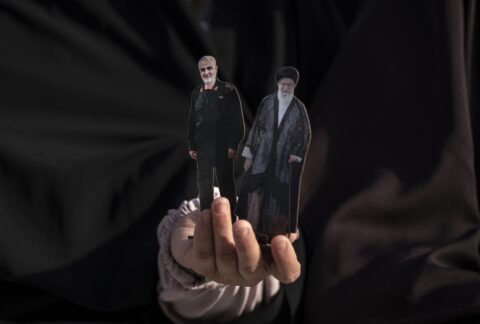Quito, Mar 9 (EFE) – Tomorrow the Tree of Life, in whose roots rest the ashes of the artist Oswaldo Guayasamín, a symbol of Ecuador, will receive an emotional visit from the family of the artist on the tenth anniversary of his death.
Ten Years Have Passed Since the Death of the Painter Guayasamín, a Symbol of Ecuador
March 10, 2009








